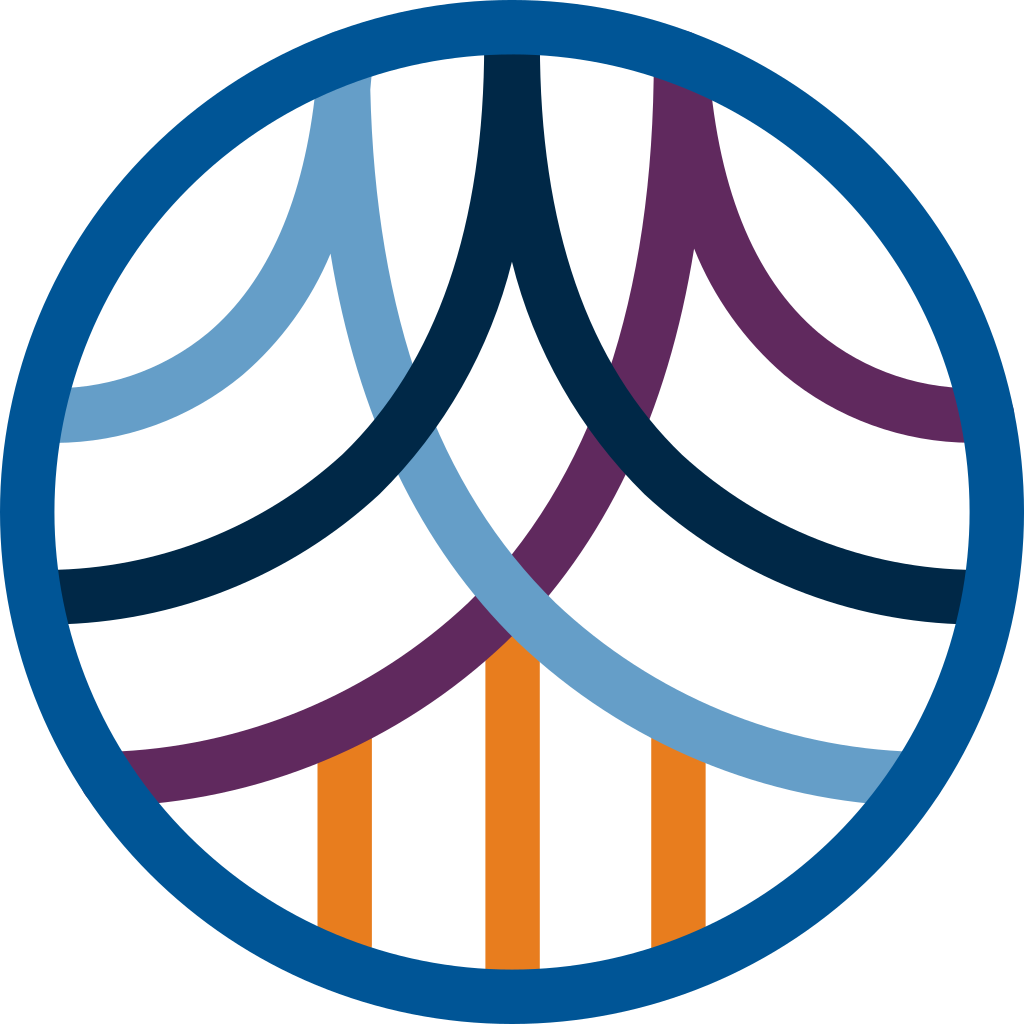Human trafficking is defined by the United Nations “as the recruitment, transportation, transfer, harboring, or receipt of persons by improper means (such as force, abduction, fraud, or coercion) for an improper purpose including forced labor or sexual exploitation.”1 (UN, 2000).
There are three major forms of human trafficking. Two forms, namely labor trafficking and sex trafficking, are widely recognized. The third form, adoption trafficking (Gopal, 2018), has recently been cited as a major form of trafficking in persons thanks to intensive efforts of adoptees such as Arun Dohle, Founder of ACT an agency which has highlighted the plight of trafficked children taken from their families by force, fraud, and deceit.2
Unlike human smuggling for which individuals pay to be transported from one place to another, human trafficking is done to benefit the trafficker with enslavement of the victims. There are between 100,000 to 300,000 domestic victims of human trafficking in the US (DMST). 80-93% of victims have reported they were once in foster care and within 48 hours, one in five runaway youth are picked up by a trafficker.3 Traffickers come in all sizes, shapes, and professions, including those meant to protect children from harm. Less than 1% get prosecuted, thereby making it one of the most lucrative professions where a trafficker can make anywhere from $300 to upwards of $6000 a month4.
Key Differences
There are key differences between victims of trafficking and of other crimes against humans. These are a lack of identification documents, vigilant tracking by the traffickers, lack of proper housing and resources, isolation and terror tactics, fears of deportation, the trauma bond, and gradual and intense erosion of self-identity.
The human trafficking of children leads to complex traumatic adult responses with self-disorganization, dissociative response style, deep mistrust, inability to engage in stable interpersonal relationships, hypervigilance, and avoidance behaviors. Parenting also can be challenging in these individuals due to the body image disturbances, with struggles regarding showing affection, adequate body space issues, and need for predictability in child rearing which may not occur, leading to a flight/fight/freeze response style on the part of the trafficked parent.
Myths
There are several myths associated with human trafficking. Among these are that victims self-identify as human trafficking victims which is very far from the truth. Most do not. Other myths include wanting to be rescued, low SES, and that it is a choice to be prostituted. We do not refer to them as “child prostitutes”, rather as “children who have been prostituted” – terminology is very important.
Case Example
Julie came to see me a few weeks ago. She had vegetative signs of depression, panic attacks, and her boyfriend had cheated on her. She wanted help to cope. During the intake, I asked her about her childhood. She reported her mother was an alcoholic but a functional one who raised her siblings and her. At 14, Julie was attracted to an older boy and her mother encouraged the relationship and dropped her off with him one day. She did not return to pick her up. Julie was left in his house alone. Julie shared that the boy gave her mother money when she dropped her off with him for rent. Over time, he refused to have sex with her and told her he would only do so if she brought other young girls. Julie had to comply; otherwise, he would beat her. She went out regularly and coaxed others her age at parks, libraries, and other places where young girls could be found and brought them home to him.
What Julie did not recognize until the intake was that she was being groomed and made into a “bottom girl” (recruiter like Ghislane Maxwell) to feed the pedophilic hunger of her “boyfriend.” She left him after she turned 17 when one of his friends took her in. She was in a relationship with him, but faced difficulties due to her inability to establish a trusting relationship with him, flying into a rage when he did not show up at home at the exact time that he said he would. Gradually, he began coming home later and later and then, she found out he cheated on her, a self-fulfilling prophecy.
Cases such as these are not uncommon, and asking the right questions during the assessment stages are critical in identifying victims of human trafficking.
About the Author
Dr. Gopal is a keynote and international speaker and trainer on foster care and adoption, human trafficking, child sexual abuse, autism and neurodevelopmental disorders, and psychopathology and is a proud alumna of the California School of Professional Psychology. She has trained foster parents, adoptive parents, administrators, judges, FBI, police officers, attorneys, case managers, nonprofits, and clergy on issues related to infants, children, adolescents, and adults. Her nonprofit organization, Safe Coalition for Human Rights (SAFECHR), was formed in 2014 in response to the realization that victims’ voices needed to be heard. Dr. Gopal has created an evidence-based 10 module international credentialing program to certify advocates, clinicians, attorneys, and law enforcement as trainers in human trafficking (SAFE iACT Program) and has developed a school-based program for prevention of high-risk behaviors among youth by improving resiliency and teaching socioemotional skills (SAFESCHOOLS) and created a unique residential restorative programmatic model for restoration of human rights and dignity in victims of human trafficking and sexual assault (SAFE Village).
Sources
-
United Nations, Human Trafficking, https://www.unodc.org/unodc/en/human-trafficking/human-trafficking.html, Accessed Nov. 23, 2021
-
Againstchildtrafficking.org, ACT’s Work, https://www.againstchildtrafficking.org/acts-work/, Nov. 23, 202
-
An Unholy Alliance: The Connection Between Foster Care and Human Trafficking, Michelle Lillie, The OLP Foundation and HumanTraffickingSearch.net, https://bettercarenetwork.org/sites/default/files/An%20Unholy%20Alliance%20-%20The%20Connection%20Between%20Foster%20Care%20and%20Human%20Trafficking.pdf, Accessed Nov. 23, 2021
-
Human Trafficking by the Numbers, Human Rights First, https://www.humanrightsfirst.org/sites/default/files/TraffickingbytheNumbers.pdf, Accessed Nov. 23, 2021

